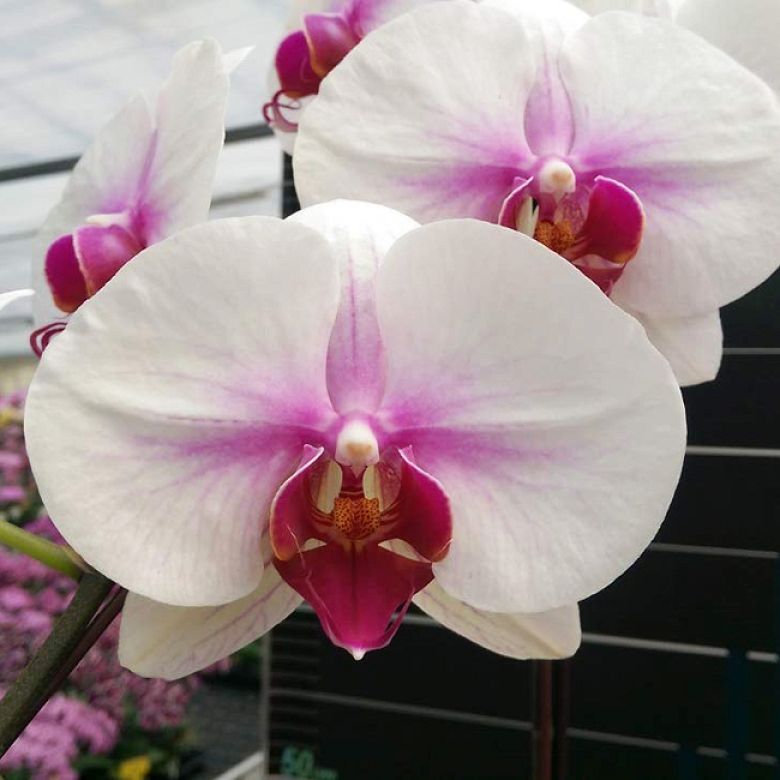
If you are worried about how to maintain the orchids, below you will find all maintenance instructions for orchid phalanxps you need:
January February
Phalaenopsis Now is the peak of growth of the strains, with the first plants being flowering.
Plant fixation must be done now. Proper fixation will give a better visual image and will make it easier to transport the plant. Attention to watering is vital not to hurt the flowers and not to damage them, but also to the rooting of the roots. Clean the wilted flowers to avoid botrytis infection.
Do not transplant this month.
March April
Phalaenopsis In most areas March is the peak of flowering for phalaenopsis orchids.
Bonding the stems should be done carefully so that the flowers are properly tilted and arranged.
Vigorous strains require more attention. Better fertilization and watering will give plants the energy they need for better flowers. Remember that raising the day requires more watering and lubrication. Beware of the raids of bugs and insects that love the flowering period. Flowers and stems are their favorite targets.
Prevention is easier than cure.
Try to use natural products to remove insects, and only when it is necessary to use chemicals.
May June
Phalaenopsis In addition to slow blooming plants, all phalaenopsis orchids are ready for transplantation.
And because they are tropical plants, they are sensitive to the root system that can be rotten and destroyed.
The point to be aware of is that when new roots begin to grow from the base of the plant then it is the right time for transplantation.
Phalaenopsis transplanted at the right time will immediately develop new roots and shoots without creating stress on plants. When you see the first roots growing up, start regular irrigation and fertilization to take advantage of the growing season. Do not overdo watering or splashing plants can become a source of disease transmission between plants and have a big problem. Phalaenopsis are more vulnerable to viruses now than in the rest of the year. Take extra care to keep your collection free from bacteria and other problems.
July August
Phalaenopsis Most, if not all, plants have been transplanted so far. This and next month plants will do their utmost to grow. The new shoots are what will give the stems with the flowers in the new period. The more leaves the plant develops, the more likely it is to give excellent flowering results. Greater lubrication will be required if we have increased temperature.
September / October
Phalaenopsis Blooms of blooming plants are beginning to mature, with cold-farmers having seen the first flowers. More heat may be required at night in cold areas. Start watering more carefully and reduce the frequency of lubrication as well as water. It will take extra doses of phosphorus and potassium for the loading.
November / December
Phalaenopsis Short daylight and cold nights are flowering proverbs in phalaenopsis.
In the northern regions, with a humid climate, growers have seen the first flowers and the plants will be ready by Christmas.
To the east the nights fall to 13 degrees in the growing area, so the first phalaenopsis orchids will not blossom before the Valentine's Day.
The reduction in nitrogen in the fertilizer should now be done to have a better flowering effect, while increasing phosphorus and potassium. Diseases and parasites are dangerous at this time and will grow further later. If you notice problems, use copper based aids. There is nothing worse than the destruction of the flowers during the period when the plant is at its best.